I am in love with lady ferns and tuck every variety into shaded crevices, niches, nooks, and crannies in my homestead rockery. Apple-green in the spring and a glorious golden-yellow in autumn, lady fern is one of the easiest plants to grow in moist, shaded locations. With hundreds of species of lady fern and dozens more of cultivars, it is impossible to choose a favorite.
Along with growing the fern indoors and out, lady fern is a wonderful plant to forage for on a spring hike or nature walk. The fiddleheads of the lady fern plant are similar in texture to asparagus and offer a unique addition to dinner as a healthy green.
Read on to learn more about the lady fern plant, how to grow it, and how to forage for its delectable fiddleheads.
Plant Description
Native to Canada and the northern regions of the United States, lady fern is an attractive and hardy native perennial with long feathery fronds.
Reaching a mature height of 3 to 5 feet, lady fern clumps can measure up to 7 feet across. A widely distributed member of the plant family Woodsiaceae, lady fern flourishes in moist, shaded areas. In the United States, the leafy fern is found primarily in the Northwest states from California to Alaska.
In its native habitat, lady fern grows in woodlands, swamps, meadow margins, thickets, ravines, and alongside lakeshores or streambeds. In mountainous areas, lady fern is often found growing from the cliff walls above waterfalls.

The individual frond stalks of the attractive fern are a red to purple color. Finely-textured, feathered fronds grow up to 3 feet wide and from 1 to 3 feet long with a gentle green color. Tiny, filmy leaflets give lady fern its delicate, elegant appearance.
Related Post: 19 Terrarium Plants For Your Miniature Garden
The fronds are used as greenery in floral arrangements and as ingredients in a number of recipes. The stems and roots are prized for their impressive medicinal properties and in the spring, the tender young fronds (the fiddleheads) serve as an edible, tasty treat.
Growing Lady Fern
Requiring little in the way of maintenance, cultivated varieties of lady fern are available for purchase online or from local home and garden centers. Flourishing in USDA zones 3 to 6, lavish clumps of lady fern add visual interest and aesthetic value to both urban and rural landscapes. Lady ferns add eye-catching beauty when planted along a fence line or against a garden wall. The plant is an excellent choice for a shady part of the landscape in need of easy-to-grow greenery.
Disease and insect resistant, the hardy perennial thrives in rock gardens, shaded borders, woodlands, shade gardens, and along the banks of ponds or streams. The frothy light greenery of the fronds is a striking backdrop to colorful summer annuals such as nasturtium, marigold, or petunia.
Lady fern also adds glorious autumn color. The plant turns a brilliant golden yellow following the first frost. Lady fern is a deciduous fern that drops its feathery foliage in late fall. When the foliage dies, cut the ferns back to the soil and add the fronds to a compost pile. New growth will emerge in the spring.
All varieties of lady fern require plenty of moisture. That said, ferns have one significant drawback that prevents them from being the perfect plant. If they dry out, they turn brown, wilt, and appear to die. It’s a dismal testament to my brown thumb and poor memory when I forget to water them as needed.
However, like Lazarus, with love, water, and tender care, they come back in full, lush form after what appears to be a certain demise.
Planting Lady Fern
When growing lady fern in the home landscape, it’s important to choose a planting site based on light exposure and drainage. Lady fern requires a shady spot with nutrient-rich, well-drained sandy or humus soil. Lady fern is an excellent choice for massing in shaded areas where other plants fail to flourish. Find a spot that does not receive direct exposure to midday and afternoon sun.
When planting outdoors, amend the soil with 2 parts well-aged herbivore manure (cow, sheep, goat, horse, llama) and peat moss or well-aged garden compost, 1 part peat moss, and 1 part horticultural sand. Do not use beach sand as it contains salt that will kill most garden plants.
Dividing Your Plants
Lady fern propagates two ways: root division or spreading of spores. The central clump of lady fern may be divided into smaller starts in early spring. Lady ferns, planted outdoors can also be divided by cutting off established runners.
Divide outdoor plants after the first frost. This allows transplants time to regenerate and establish new roots before the worst winter weather arrives. It’s best to divide fern clumps every 2 to 5 years, positioning crowns at the soil level.
Growing Lady Fern Indoors
Growing lady fern indoors can be a bit of a challenge as the plant prefers a small pot and dislikes repotting. Lady fern requires high humidity and does not do well in dry, indoor air. If growing indoors, keep the plant away from heating or cooling vents.
An ideal spot for indoor ferns is hanging in a north window in a humid kitchen or bathroom. Keep the soil moist and mist the plant daily, or place the pot on a water-filled pebble tray to maintain a humidity. When the plant grows too large for the pot, divide the clump.
Wild Harvesting Lady Fern Fiddleheads
Lady fern fiddleheads appear in early spring and offer a crisp texture and earthy green taste similar to asparagus. Fiddleheads earn their name from the violin-shaped scroll of the fern furls. The little fiddleheads emerge covered in a furry, paper sheath. When wild harvesting, cut the fern stem (also known as a crosier) close to the soil.
Related Post: Growing Asparagus
Lady fern fiddleheads are sweetest and most flavorful when young and tender. Harvest fiddleheads as soon as they appear. When you’re hiking during the summer months and ferns are large and lush, make a note of the location. Then when spring comes, it’ll be easy to find the same patch.
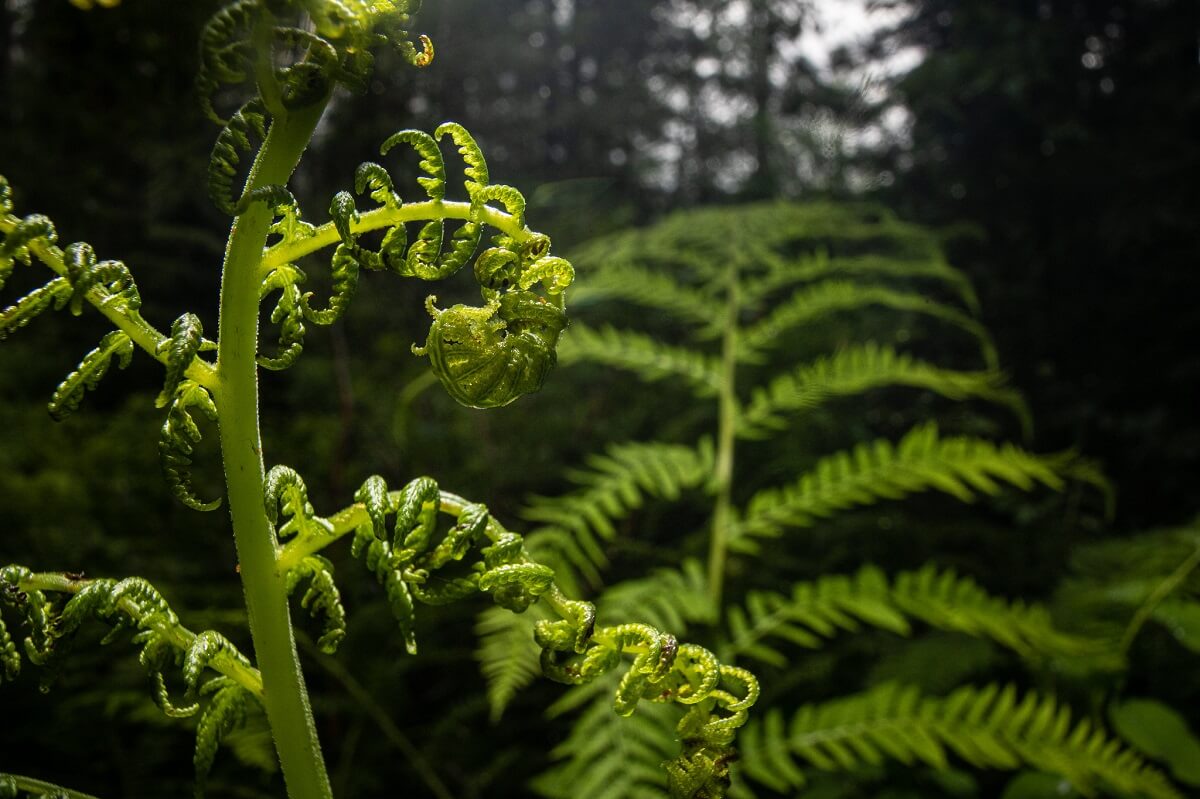
Never cut all the fiddleheads in a clump of ferns. Take only a few, and allow the remainder to develop and sustain the life of the plant. Trimming some of the fiddleheads encourages new growth; cutting all the fiddleheads weakens the energy of the plant.
Keep in mind there are many different species and varieties of ferns in nature. There are no poisonous ferns. However, not all of them are edible. Some are bitter with an unpleasant aftertaste. It’s wise to always carry an illustrated native plant and wildflower guide when pursuing nature’s edible bounty. Be safe, and make sure you know what you are harvesting.
Health And Healing Benefits Of Lady Fern
A traditional folk remedy, lady fern is a reliable treatment for fever, cough, and lack of appetite. Fresh lady fern, crushed and applied as a poultice, can heal burns, scrapes, cuts, and sunburn. Taken internally, lady fern fiddleheads help to balance the digestive system and provide protection against bronchitis, asthma, pneumonia.
Fiddleheads have long played a role in traditional folk medicine as protection and treatment for worms and internal parasites. If you are bothered by mosquitos, flies, or other insects when you’re hiking, grab a handful of lady fern, crush the foliage, and rub it on exposed skin. The scent is an effective insect repellent, and the juice released from the crushed foliage relieves the itch and irritation of insect bites.
A Tasty Spring Delicacy
Prized by gourmet chefs for their exquisite flavor, fiddleheads are featured pricey additions to the menus of many upscale restaurants. Lady fern fiddleheads add zest, texture, color, and flavor to appetizers, salads, soups, pasta, and stir-fry dishes.
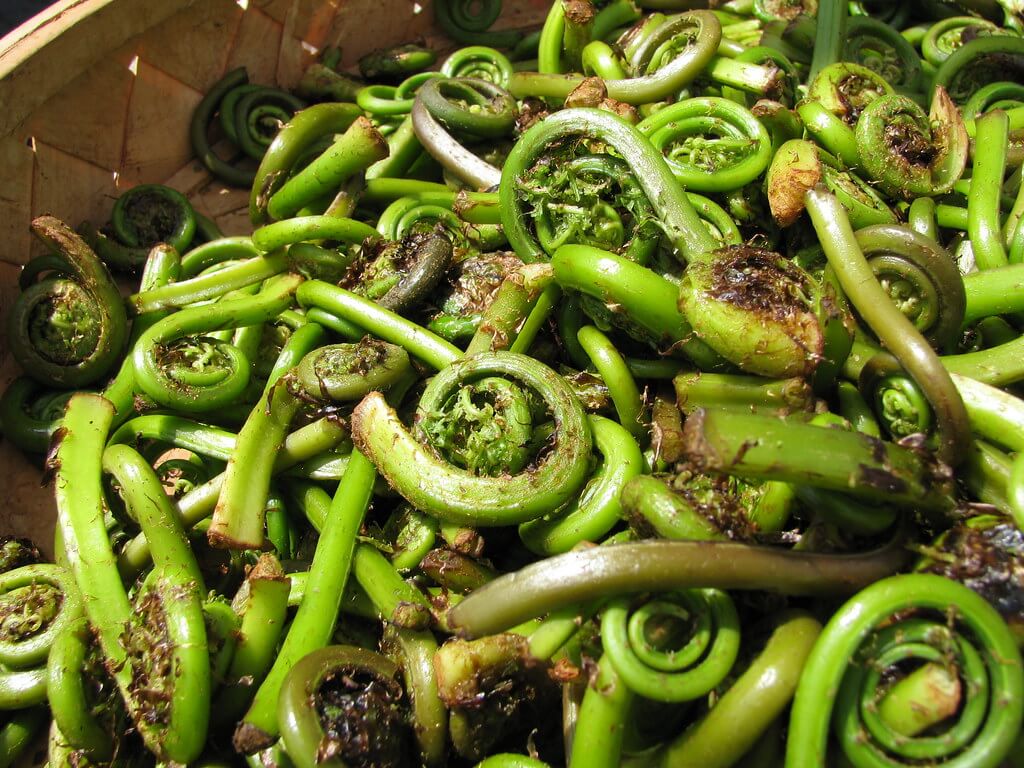
It is important to cook fiddleheads before consumption. Fiddleheads contain thiaminase. Thiaminase is an enzyme that depletes vitamin B so heat fiddleheads to the boiling point to destroy the enzyme, and make them palatable and safe to consume.
How To Prepare Fiddleheads For Consumption
Fiddleheads are easy and simple to prepare.
- Prepare the fiddleheads by trimming off the tough woody stem and any coarse tips.
- Brush off the papery sheath, rinse the fiddleheads in cold water, and drain.
- Place 2 quarts of water in a large saucepan and bring to a boil.
- Add the fiddleheads and 1 teaspoon of sea salt.
- Parboil for 2 minutes and drain.
- Refresh the fiddleheads by dipping them in ice water.
- Drain and pat the fiddleheads dry with a paper towel.
- Sauté in butter until fork tender — seasoning with fresh ground black pepper to taste.
Fiddleheads add color and crunch to salads, sauces, and salsas. Use them as a flavorful side dish served with broiled wild salmon. Add fiddleheads to pasta, pizza, casseroles, and stir-fry dishes, or toss them with scrambled eggs. Fiddleheads are especially delicious when paired with bacon bits and garlic.
References:
- Maidenhair Fern, Montana Field Guide
- Lady Fern, United States Forest Service
- Native Plant – Northwest Maidenhair Fern, Beaverton Oregon
- Athyrium filix-femina, Missouri Botanical Gardens
- Ferns, Grand Tetons National Park


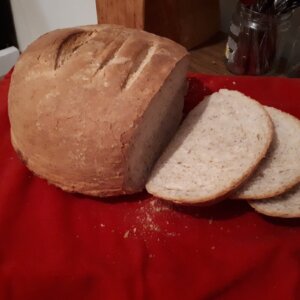

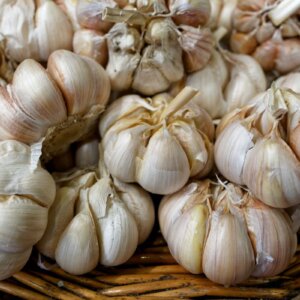


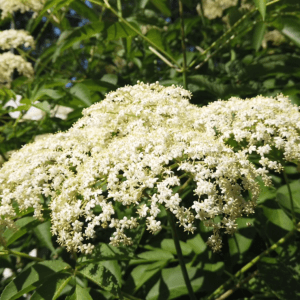

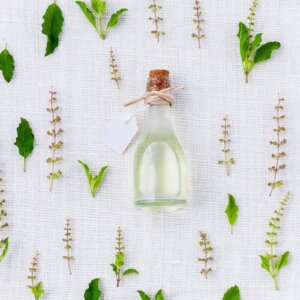

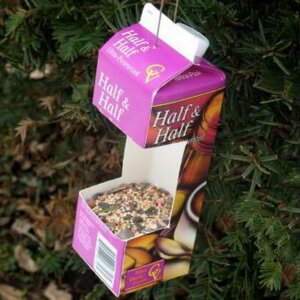

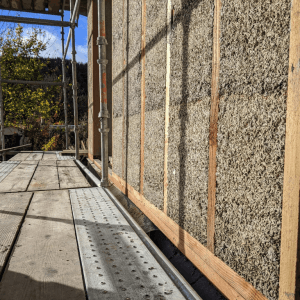

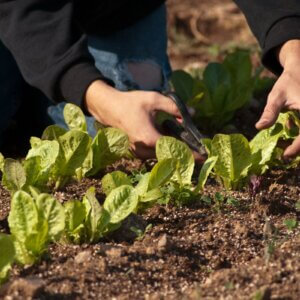


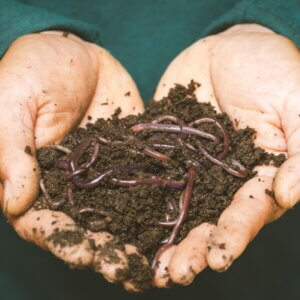

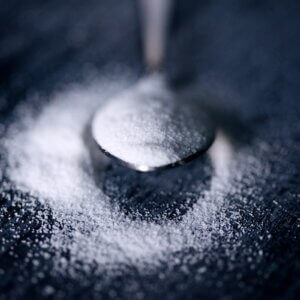
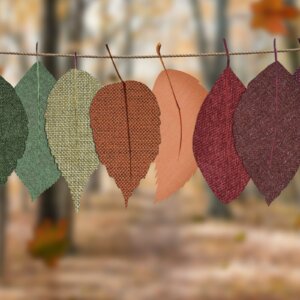



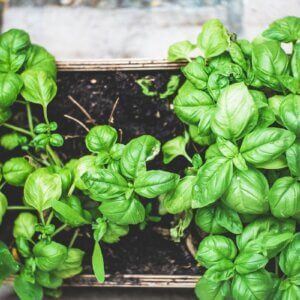
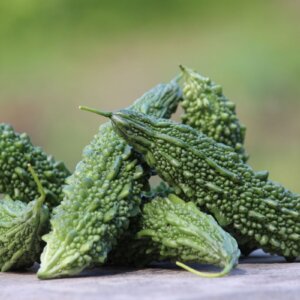


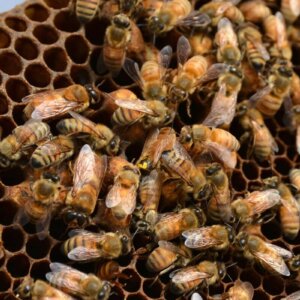
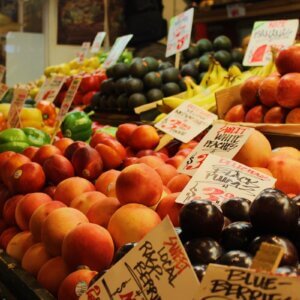

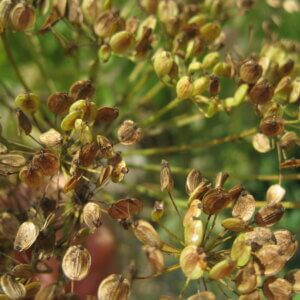



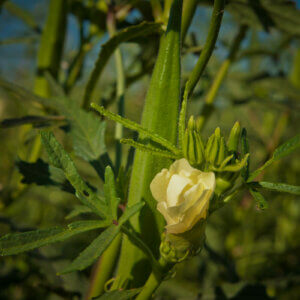
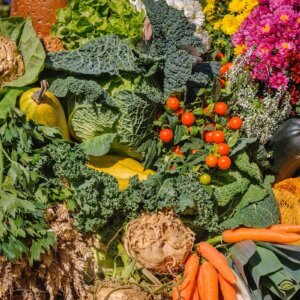
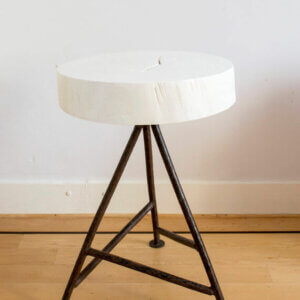

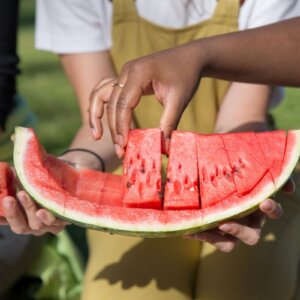
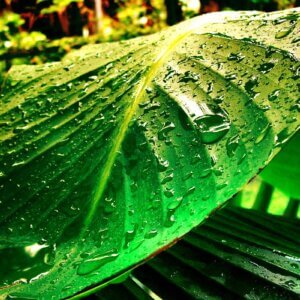
Leave a Reply